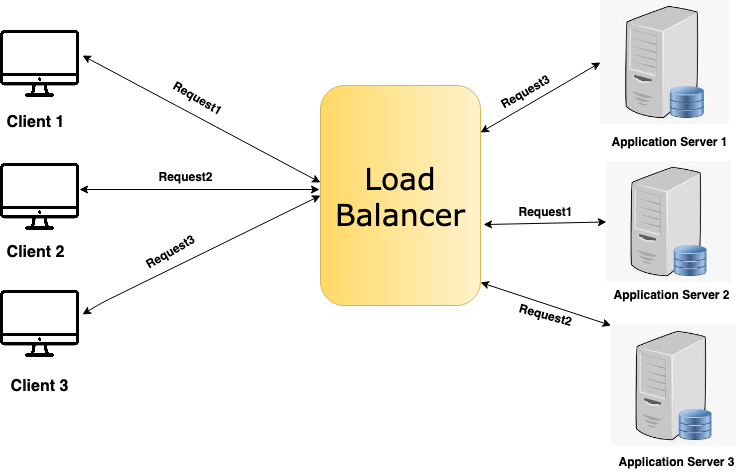

So, your CPU load should ideally stay below 1.00. Like the bridge operator, you'd like your cars/processes to never be waiting. Unix refers to this as the run-queue length: the sum of the number of processes that are currently running plus the number that are waiting (queued) to run. "Cars" are processes using a slice of CPU time ("crossing the bridge") or queued up to use the CPU. 3.00 means there are three lanes worth total - one lane's worth on the bridge, and two lanes' worth waiting. How much? Well, 2.00 means that there are two lanes worth of cars total - one lane's worth on the bridge, and one lane's worth waiting. All is still good, but if traffic gets a little heavier, things are going to slow down.
#Systemload drivers#
If cars are backed up, drivers know they're in for delays.

If no cars are waiting, incoming drivers know they can drive across right away. A decent metric would be how many cars are waiting at a particular time. You want to let folks know how traffic is moving on your bridge. sometimes your bridge is so busy there are cars lined up to cross. The traffic analogyĪ single-core CPU is like a single lane of traffic. We'll start out with the simplest case: a machine with one single-core processor. But, what's the threshold? What constitutes "good" and "bad" load average values? When should you be concerned over a load average value, and when should you scramble to fix it ASAP?įirst, a little background on what the load average values mean. Higher numbers represent a problem or an overloaded machine. Most people have an inkling of what the load averages mean: the three numbers represent averages over progressively longer periods of time (one, five, and fifteen-minute averages), and that lower numbers are better.


 0 kommentar(er)
0 kommentar(er)
